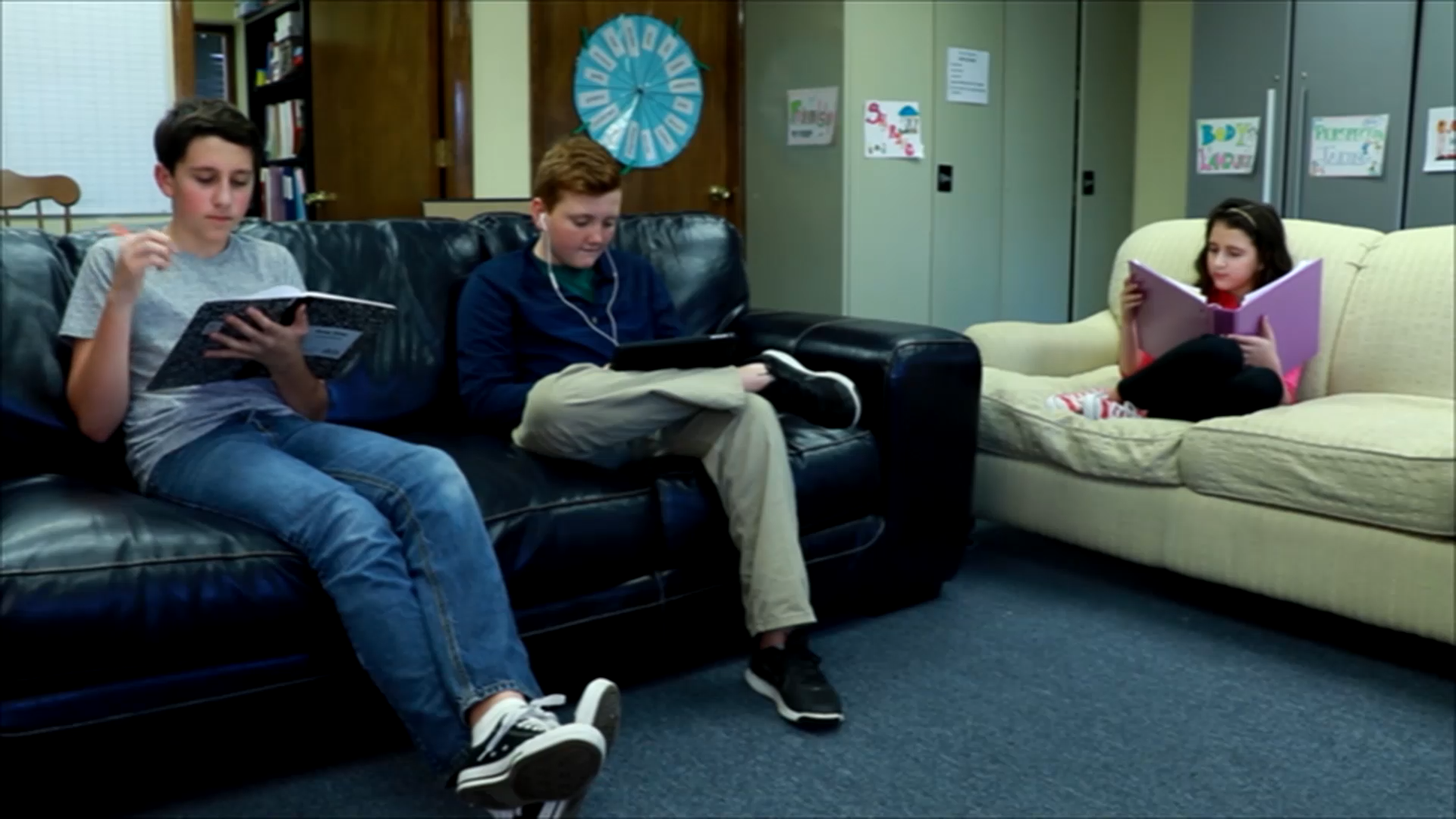In today’s fast-paced world, it’s vital for students to develop essential social-emotional skills that will enable them to navigate various social situations with ease. One such skill is the ability to ‘read the room,’ which involves observing the environment and adjusting one’s behavior accordingly. This blog post will provide an overview of this skill, a no-prep activity for educators, discussion questions, related skills, and next steps to help students build on their social-emotional learning journey.
Introduction
Reading the room is a vital social-emotional skill, as it helps students understand the social dynamics in any given situation and adapt their behavior to fit in seamlessly. By taking the time to stop, observe, and make a plan based on their observations, students can successfully navigate social situations and build meaningful relationships with their peers.
No-Prep Activity: The Observation Game
This simple activity requires no preparation or materials and helps students practice their observation skills, which are essential for reading the room. Here’s how to conduct the activity:
- Have students sit in a circle or at their desks.
- Ask one student to leave the room for a moment.
- While the student is out of the room, instruct the remaining students to change something about their appearance or the room’s arrangement.
- Invite the student back into the room and give them one minute to identify as many changes as they can.
- Rotate the roles, allowing each student a chance to be the observer.
This activity not only helps students practice their observation skills but also encourages them to pay attention to details and adapt to changes in their environment.
Discussion Questions
After completing the activity, engage your students in a discussion to help them reflect on their experiences and understand the importance of reading the room. Here are some questions to get the conversation started:
- How did it feel to observe the changes in the room? Was it easy or challenging?
- Why is it essential to pay attention to details in social situations?
- Can you share an example of a time when you had to read the room and adjust your behavior accordingly?
- How can reading the room help us build better relationships with our peers?
- What other social-emotional skills do you think are related to reading the room?
Related Skills
Reading the room is just one of many social-emotional skills students need to develop. Here are some other related skills that can help students succeed in various social situations:
- Active listening: Paying attention to and understanding others’ feelings and perspectives.
- Empathy: The ability to put oneself in another person’s shoes and understand their emotions.
- Non-verbal communication: Interpreting and responding to others’ body language and facial expressions.
- Conflict resolution: Effectively addressing disagreements and finding solutions that benefit all parties involved.
Next Steps
Helping students develop their ability to read the room and other essential social-emotional skills is crucial for their overall well-being and success in life. To continue supporting your students in their social-emotional learning journey, sign up for free sample materials at Everyday Speech, which offers a wide range of resources and activities designed to foster these crucial skills.






